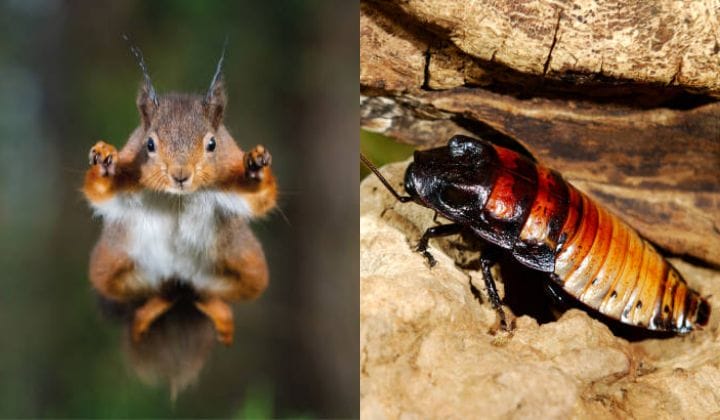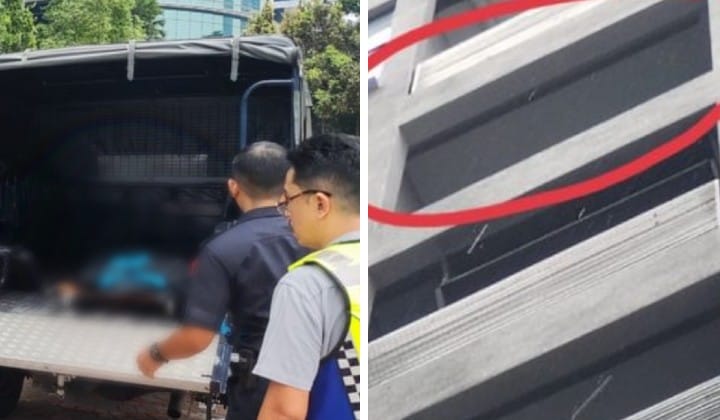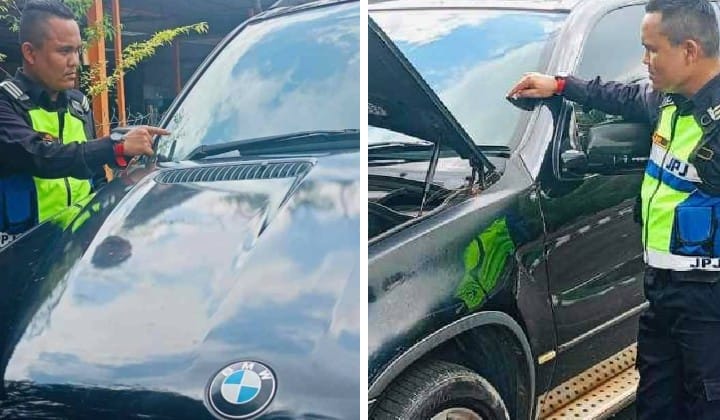Dogs, Squirrels and Cyborg Roaches: Doing Their Best To Save Humans From Disasters
According to Chinese media reports, the squirrels were selected as they are small enough to reach places that dogs cannot.

Subscribe to our Telegram channel for the latest stories and updates.
You’ve probably heard of sniffer dogs, but what about sniffer squirrels?
From train stations, airports, warehouses and border checkpoints, a squad of drug-sniffing squirrels have been trained to detect the presence of drugs and are set to join China’s police force.
According to Chinese media reports, the animals were selected as they are small enough to reach places that dogs cannot.
They will be deployed in a subunit of the Chongqing city police dog brigade.
The Eurasian red squirrels have been recognised by relevant scientific research institutions for their drug searching abilities, according to the Global Times.
The trainer of the squirrels, Yin Jin, said the training programme has shown good results and that the animals can quickly identify drugs.
Squirrels have quite an acute sense of smell, but we didn’t have sniffer squirrels in the past because we didn’t have mature techniques to train rodents.
Yin Jin, Squirrel Squad Trainer
But the team found that the training used for sniffer dogs has been effective with the squirrels.
When the squirrel finds something they think might be illegal, they’ll scratch the item to let their trainer know.
As the squirrels are smaller and very nimble, the police hope they will be better than dogs at searching complex spaces with tight corners or elevated areas.
Squirrels have done an excellent job in drug detection exercises so far.
Yin Jin, Squirrel Squad Trainer
She said that training the squad was the culmination of years of research, adding:
These squirrels have a rather keen sense of smell.
Yin Jin, Squirrel Squad Trainer
On the other hand, if an earthquake strikes in the not too distant future and survivors are trapped under tonnes of rubble, the first responders to locate them could be swarms of cyborg cockroaches.
Yes, that lipas that terrifies you everytime it flies.
In September last year, Reuters reported a recent breakthrough by Japanese researchers who demonstrated the ability to mount “backpacks” of solar cells and electronics on the bugs and control their motion remotely.
Senior research scientist Kenjiro Fukuda and his team at the Thin-Film Device Laboratory at Japanese research giant Riken developed a flexible solar cell film that’s 4 microns thick, about 1/25 the width of a human hair, and can fit on the insect’s abdomen.
According to Fukuda, the film allows the roach to move freely while the solar cell generates enough power to process and send directional signals into sensory organs on the bug’s hindquarters.
Fukuda and his team chose Madagascar hissing cockroaches for the experiments because they are big enough to carry the equipment and have no wings that would get in the way.
Even when the backpack and film are glued to their backs, the bugs can traverse small obstacles or right themselves when flipped over.
Senior research scientist Kenjiro Fukuda
Share your thoughts with us via TRP’s Facebook, Twitter, and Instagram.








